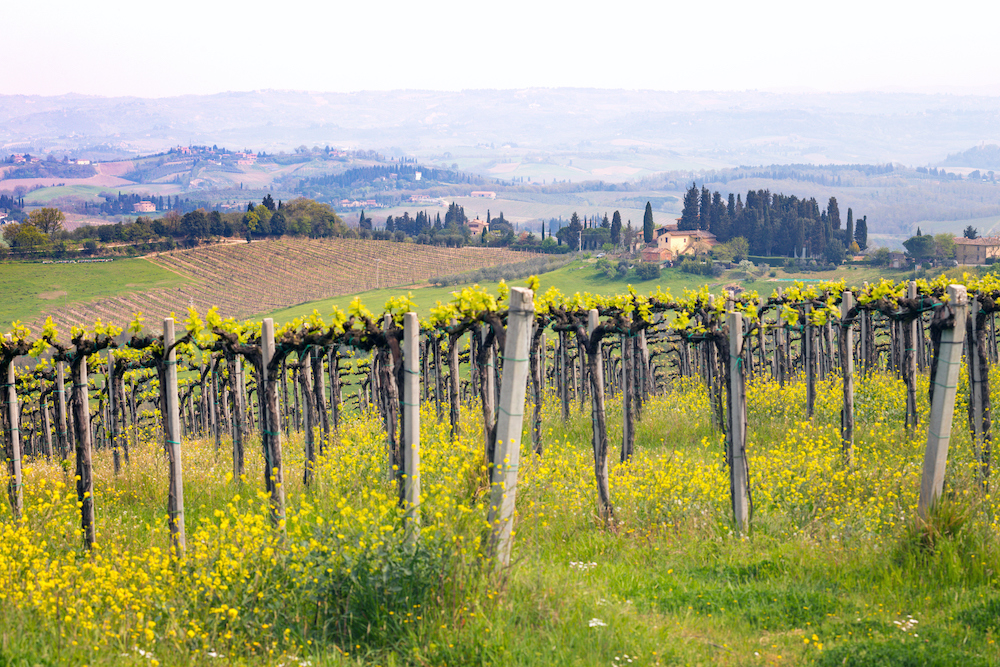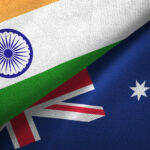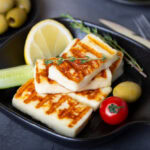An interim free trade agreement is heralding a new era of trade relations between Australia…
Fortress Europe: negotiating EU trade demands

Fresh from the May 31 implementation of a free trade deal (FTD) with the United Kingdom, Australia has been gearing up efforts to ratify a FTD with the European Union (EU). A region of 27 countries, the EU also contains the world�s largest pool of households earning more than $50,000 per year, making it an extraordinarily attractive market for net-export industries.
But the EU�s tough stance on agricultural imports � tariffs of 14.2 per cent on top of quotas for 142 products � has impeded the ability of Australian farmers to grow trade with the block.
This year marks five years since Australia travelled to the EU�s headquarters in Brussels for the first time, to hammer out a free trade agreement (FTA) and unlock trade access for agricultural products like beef, lamb, sugar, cheese, rice, wine and horticulture � and consequently reduce our reliance on China for trade.
The EU is also keen to reduce its reliance on China for trade. It sees Australia � the world�s largest producer of lithium and an important producer of cobalt and nickel � as an attractive and reliable source of rare metals for its electrification revolution. Australia�s vast potential to become a leading exporter of renewable energy made from wind, sun and hydrogen is another big drawcard for the EU as it weans itself off Russian oil and natural gas.
Proponents of the FTA hoped negotiations would conclude in July, when Australia�s Trade Minister Don Farrell flew to Brussels to ratify the deal. But after two days of talks, the two sides failed to see eye to eye.
The biggest sticking point during the final round of negotiations was the EU�s demand for geographical indications to legally protect the names of distinctive European products. It wants Australia to give up naming rights to prosecco, parmesan, mozzarella, feta, kalamata olives and scores of other foods and beverages we produce, just as the Canadians did to get their FTAs with the Europeans over the line. But as a nation of immigrants that shares Europe�s attachment to these products, Australia is refusing to bend the knee.
�I have been in the room with prosecco makers who have simply burst into tears at the prospect of losing access to that name, because they feel so strongly attached to the name,� Farrell said in a speech to the National Press Club on his return to Canberra. �This is not just an economic interest issue for Australia. It�s also an emotional issue.�
While hopeful for a FTA between Australia and the EU that �benefits everyone� involved, National Farmers� Federation CEO Tony Mahar applauded Farrell for rejecting what he described as a �sub-standard deal�. NSW Farmers is in accord, as is the Australian Dairy Industry Council, which claims its members would lose close to $100 million per year if the EU gets its way with geographical indications.
�If introduced, this would block Australian companies from using product names such as feta and parmesan. Such a move is expected to result in lost sales, which could cost the industry up to $95 million a year,� Council chair Rick Gladigau said in a statement. �Geographical indications also hamper the ability of new Australian entrants to the market and goes against the Australian dairy industry�s support of free and fair trade.�
Rick also took a swipe at the apparent motive behind the EU�s demand. �The geographical indications claim is really just a way of facilitating greater access to the Australian market for subsidised EU products while stifling genuine competition for Australian products. The claim would also impact sales, profitability and productivity of Australian dairy businesses,� he said in the statement.
Beef producers and representatives in Australia are more anxious to break the deadlock. With an annual market valuation of $3.2 billion, beef imports to Europe are considerably more valuable than the global average. However, Australia only supplies 4 per cent of EU beef imports, more than two thirds of which go to one country: the Netherlands. Their share of Europe�s $1.7 billion sheep meat import market is even more marginal at 3.5 per cent.
�Signing an FTA will enhance Australian-EU trade across all sectors included in the agreement, improving investor confidence, and fostering economic growth by creating a more competitive environment,� Meat and Livestock Australia said in a statement.
Andrew McDonald, chair of the Australia-EU Red Meat Market Access Taskforce, described the negotiations as �a once-in-a-lifetime opportunity� that �will provide benefits to European consumers and the Australian red meat supply chain alike. [But] the EU has made it very clear that the protection of certain geographical indications is of utmost importance to their FTA ambitions.�
A senior lecturer in the Faculty of Law at Monash University, Elizabeth Sheargold told the ABC earlier this year that Australia�s position over geographical indications was just as firm. �Australian producers have really effectively lobbied to get this issue front and centre for government, and to make it a core part of our negotiating approach on this treaty,� she said.
Australia and the EU are natural partners, with a shared commitment to democracy, human rights, a rules-based international order and free and open access to global markets. Yet with both sides resolute over the issue of geographical indications, it�s a case of �who�s going to blink first�: the EU, which has said a FTA with Australia could add up to $6.5 billion to its GDP by 2030, or Australia, for which the deal has a potential value of $140 billion?
The odds suggest the EU will get its way, and producers of feta cheese and kalamata olives in Australia will have to rebrand, relabel and re-educate consumers. Farrell seemed to indicate as much while speaking to reporters at a park in Brussels after the most recent negotiations failed. �I�m optimistic that with some goodwill, some hard work, some perseverance, we�re going to get there,� he said.
SOLVING AUSTRALIA�S FERTILISER PROBLEM
The world relies on Russia and its only European ally, Belarus, for a quarter of its fertiliser, according to the US Food and Agriculture Organization.
That�s a serious problem for a country like Australia, which imports 90 per cent of its urea and which saw the cost of fertilisers skyrocket following Russia�s invasion of Ukraine.
Indeed, NSW Farmers economist Brendan O�Keeffe comments that �prices have increased by up to 100 per cent since mid-2021�.
Fertiliser prices have fallen by a third from their peak last year as countries like Canada, now the world�s largest producer of potash, have stepped into the gap in the market left by Russia, whose exports are not blocked by embargoes but remain curtailed through disruptions to ports, shipping, banking and insurance.
But with China, the largest producer of urea, restricting fertiliser exports, fertiliser prices are still far above the long-term average, and pushing up the cost of groceries.
The only way prices are going to level out, Brendan told the Parliamentary Inquiry into Food Security earlier this year, is through �strategic investment in localised production of these inputs�. And now it seems he�s going to get his way, following an announcement in July that the world�s largest urea plant is going to be built in West Australia�s Pilbara region.
The $6 billion Ceres plant will first transform natural gas for ammonia and then into urea. Once completed in 2027, it will produce 2.3 million tonnes of urea per year, bringing our reliance on imported fertilisers to an end.








My first thought about the E.U.’s stance on naming rights would be to tell them to go and make love to themselves but unfortunately that wouldn’t help our local producers. As the EU already has subsidies on most agricultural products it may be better to impose an import tax on those products that Australian producers are no longer able to name. The tax could then be used to advertise local cheeses olives etc
The EU has hidden behind tariffs for tool long while our previous governments have cut our tariffs so we have no bargaining power left.